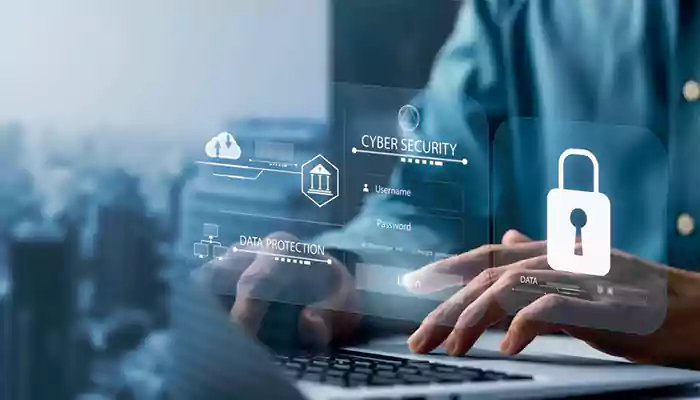Cybersecurity in the Age of Smart Cities: Safeguarding Urban Infrastructures
- Admin
- 21 August, 2023
- 2 mins ago

Cybersecurity in the Age of Smart Cities: Safeguarding Urban Infrastructures
We live in an era where data security comes at a price.
As cities embrace digital transformation and develop into "smart cities," the incorporation of cutting-edge technologies improves urban efficiency and liveability. However, this quick adoption of networked devices and devices connected to the internet also poses substantial cybersecurity challenges. Smart cities are more susceptible to cyber threats since they have integrated sensitive data, public services, and essential infrastructure.
In this article, we have listed down the importance of cybersecurity in today's era.
- IoT devices, sensors, data centres, and communication networks are just a few of the interconnected components that smart cities rely on. Every element can serve as a point of entry for cyberattacks. Unauthorized access to these systems can impair vital services, jeopardize public safety, and cause significant financial losses.
- A cyberattack that succeeds against a smart city could have dire repercussions. For instance, a transportation system breach might result in gridlock, while a power grid attack could result in blackouts. Lives may be in danger if the water supply or healthcare systems are interrupted. Urban infrastructures are increasingly relying on technology, making strong cybersecurity measures imperative.
- Smart cities gather and analyze enormous amounts of data to improve services and the quality of urban life. This data frequently contains private information on residents, such as contact information, geographic information, and financial records. This data needs protection from cyber-attacks to ensure citizens' privacy and stop identity theft and other criminal behaviours.
- The growth of IoT devices in smart cities has enormous advantages but poses security risks. Numerous IoT devices have weak built-in security mechanisms, which leaves them open to hackers. These devices contain flaws that cybercriminals might use to gain unauthorized access to networks and systems.
- A collaborative approach to cybersecurity is necessary to protect smart cities, and this endeavour must include participation from people, businesses, and government agencies. It is crucial to have thorough cybersecurity policies, regularly review the involved risks, and set up incident response procedures to reduce cyber threats.
- Data protection and encryption are significant components of smart city cybersecurity. Data encryption ensures that even if the data gets intercepted by malicious actors, it remains unintelligible and protected from unauthorized access. Effective data protection measures must be at every stage of the data lifecycle, from data collection to storage and transfer.
- Smart cities need to invest in real-time monitoring and threat detection systems. Technologies utilizing artificial intelligence and machine learning have the potential to be extremely useful in spotting suspicious behaviour, anomalies, and potential cyber threats. With the help of ongoing monitoring, cyber incidents can be quickly responded to and contained.
- In smart cities, cultivating a cyber-aware culture is essential. Employees, public servants, and citizens should all receive training on cybersecurity best practices, such as identifying phishing scams and safeguarding private data. The likelihood of successful cyberattacks can considerably decrease with increased awareness.






